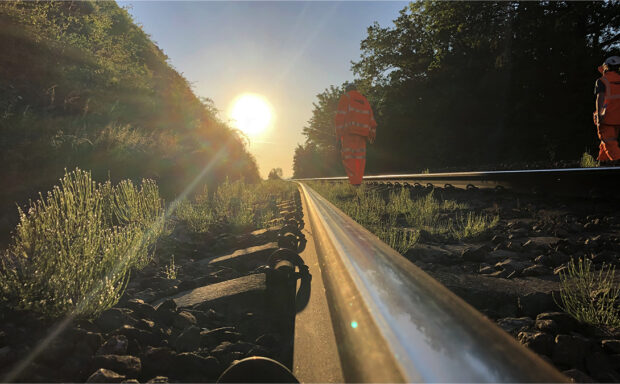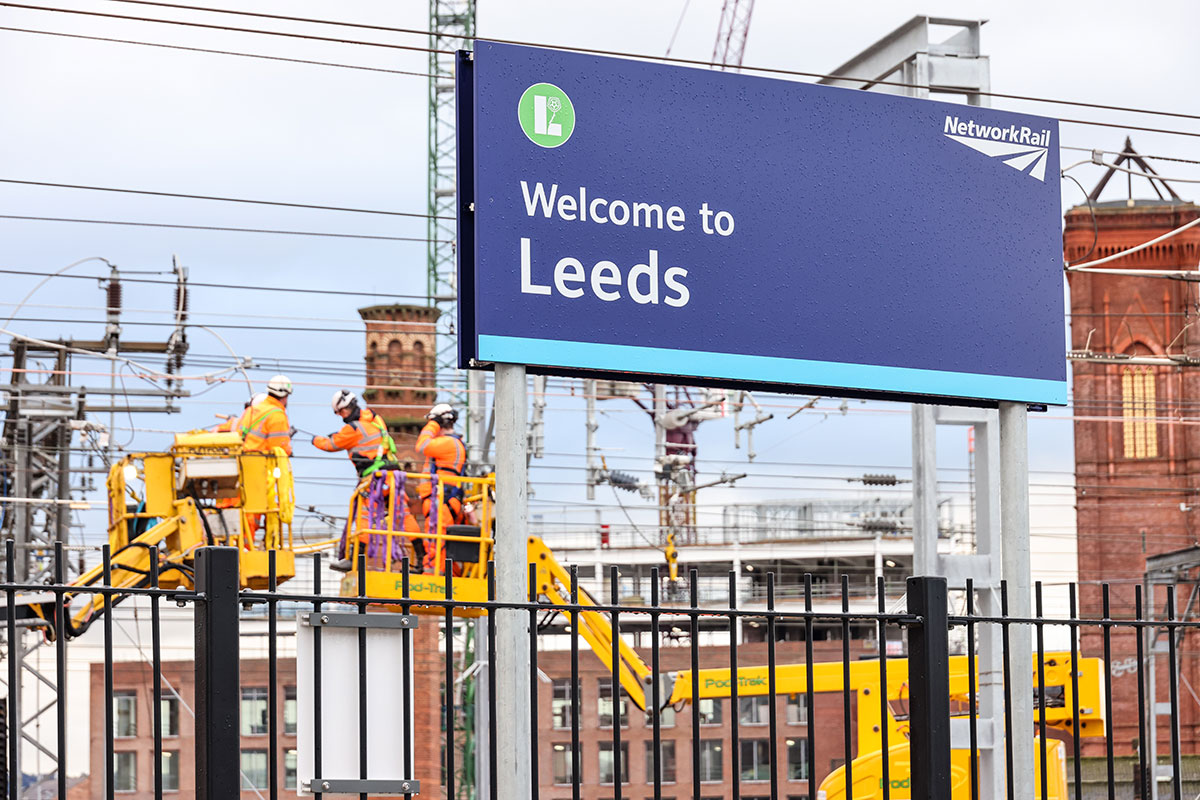Better rail links in the North of England, reconnecting Oxford and Cambridge and a big upgrade for the Transpennine Railway … all in our North West and Central region.
We’ve carried out lots of improvements for your journeys in this region since we launched big plans last summer to bring our people closer to the communities we serve.
How? We’ve split our railway into five regions across Britain so we can work closer with train companies and make decisions faster, with less red tape. Find out more about how this will lead to better services for you.
We look closer at the North West and Central region, which runs all the way from London Euston to Scotland’s Railway, as we make progress on one of its biggest projects – East West Rail.
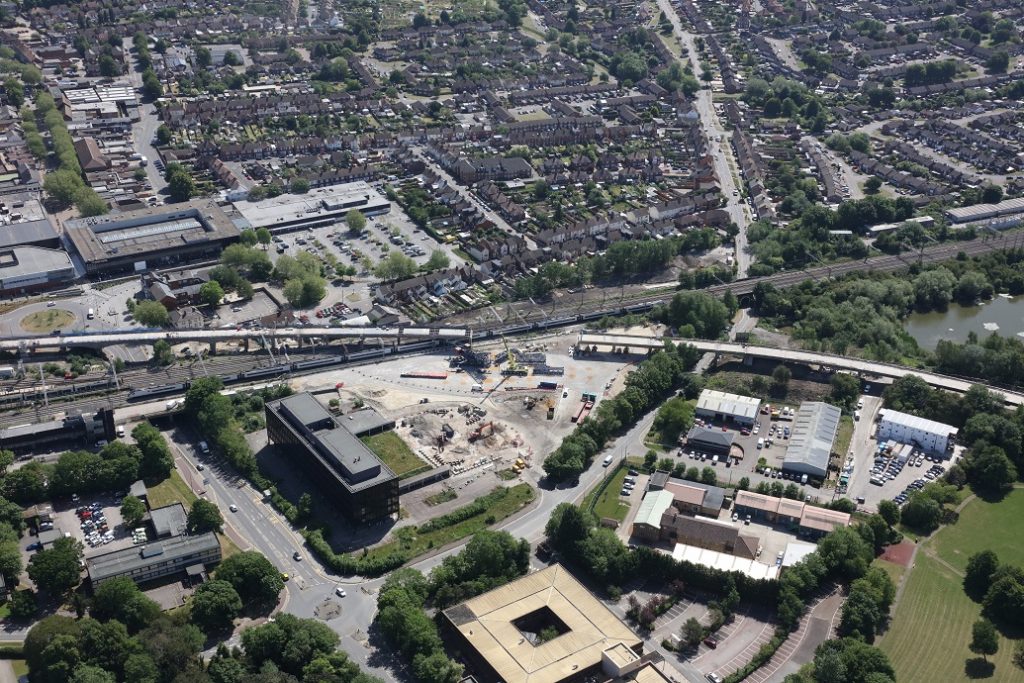
This region is made up of:
- The North West Route, which runs from Cheshire in the south to Merseyside, Greater Manchester, Lancashire and Cumbria in the North.
- The Central route, which includes a main link between the West Midlands and London– a popular commuter line in and out of Birmingham and a vital freight route.
- The West Coast Main Line South route, which stretches from south of Crewe to London Euston.
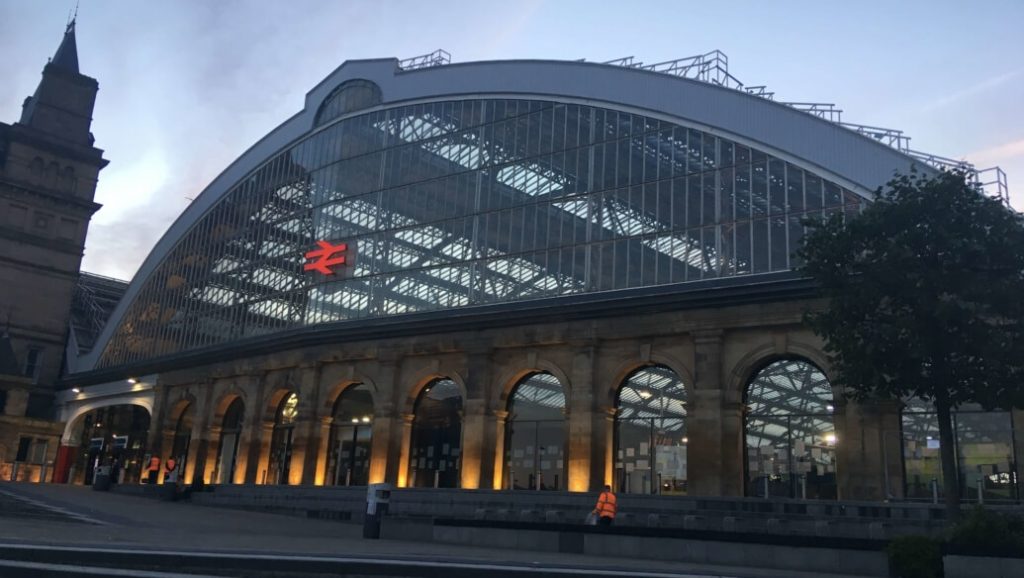
North West and Central in numbers:
- A quarter of Britain’s railway
- 571 stations
- 7,100 bridges
- 1.3 million passengers travel through this region each weekday in normal times
- What the East West Rail project means for passengers
- Liverpool Lime Street – taking upgrades to new dimensions
- Film – Ribblehead Viaduct
Essential upgrades for you
What are we doing in this region to create more space on the railway, improve journey times and enhance facilities for customers? A lot. Here are just some of our current projects …
The Great North Rail Project
It’s one of our biggest engineering projects in Britain. We’re improving rail links across the north of England with faster, more frequent and more reliable train services. You’ll have bigger trains with more seats, giving you more comfortable journeys.
It will mean that, in normal times, we’ll give you 2,000 extra services in the region a week and enable 40,000 more passengers to travel each day.
It includes big improvements to Liverpool Lime Street station, where we’ve lengthened platforms and enabled three new services an hour. In June 2018, we opened the brand-new railway station, Maghull North in Merseyside … after just nine months of construction.
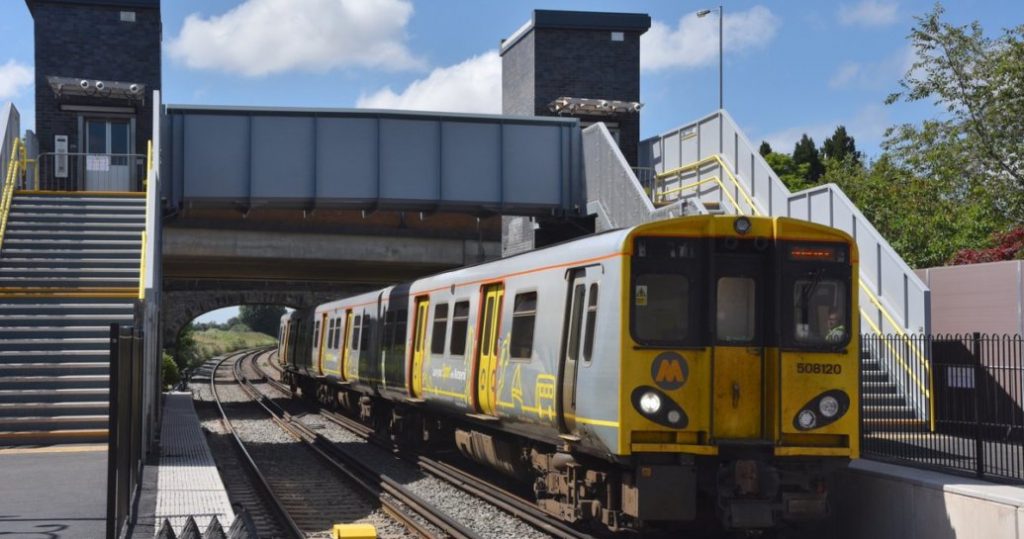
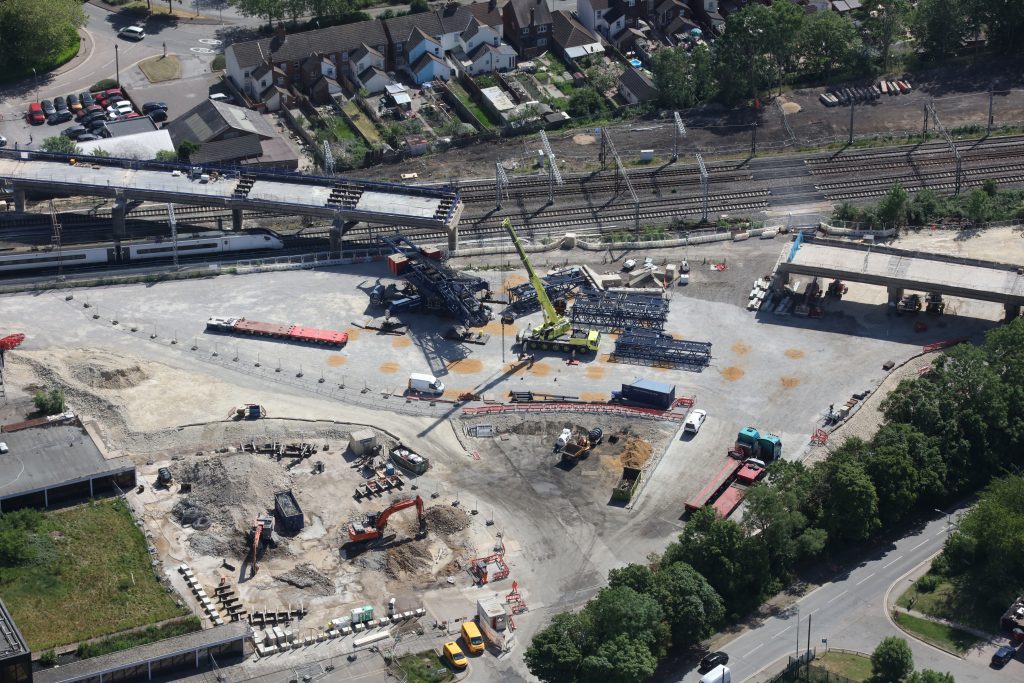
East West Rail
This huge project will re-establish a rail link between Oxford and Cambridge and improve connections between East Anglia and central, southern and western England.
You could catch a train between the two cities, via Bletchley in Buckinghamshire, until the 1960s. The line closed after the recommendations of the Beeching Report of 1963 to save money by shutting many parts of the railway.
Putting this line back where it belongs will mean you’ll be able to travel from Oxford and Cambridge again by train.
Phase one of our project – between Oxford and Bicester, Oxfordshire – is already open. We expect to complete phase two – between Bicester and Bedford, Bedfordshire – in 2024.
This summer we started removing the existing Bletchley flyover, which used to take passenger trains between Oxford and Cambridge over the West Coast Main Line (the line that comes out of London Euston).
We’re replacing the flyover with a modern bridge because it will give you better value for money in the long term than simply maintaining the existing one:
Transpennine upgrade
This 76-mile Transpennine railway runs between York and Manchester via Leeds and Huddersfield. It 23 stations, crosses over and dips under 285 bridges and viaducts and passes through six miles of tunnels.
Our proposed improvements will give you more trains and faster, more reliable services with more seats between Manchester and York via Huddersfield and Leeds.
The upgrade will include more track, electrification and improvements to stations.
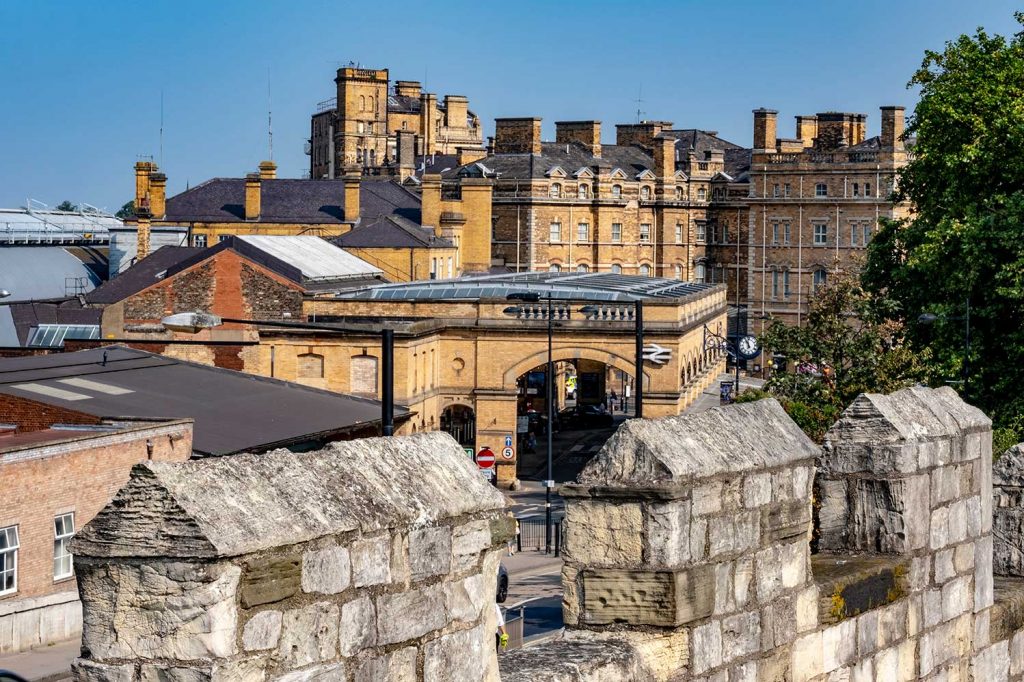
We’re still working with the Department for Transport on the specific details for the Transpennine Upgrade; however, there are some initial bits of work we can do now now. This includes everything from vegetation management and surveying, to setting up compounds and building new track infrastructure.
Did you know?
- The original Birmingham New Street station had the largest single span iron and glass arched roof in the world – a record it held until the opening of St Pancras in 1868.
- London Euston was named after the family seat of the Dukes of Grafton, Euston Hall in Norfolk. The site of Euston station was still farmland when the terminus was proposed to be built there in 1833.
- The site of Euston station was still farmland at the time of its proposal in 1833.
- The scenic Settle-Carlisle line was England’s last main line railway built almost entirely by hand. Read more here.

